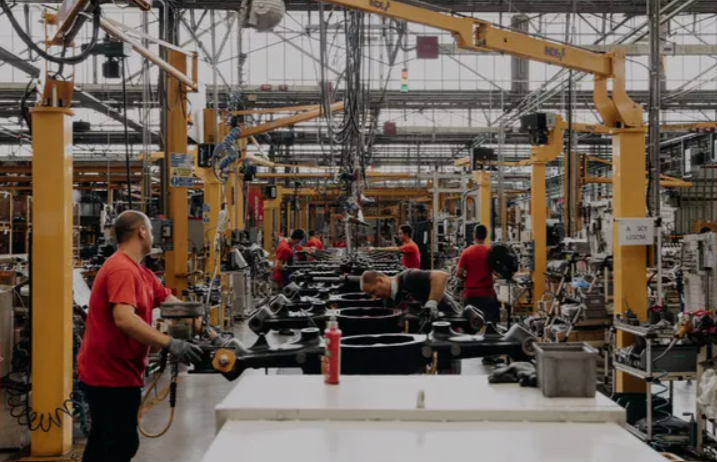

The widespread industrial deterioration cast a shadow over Q4 2023, as economic indicators suggested weak performance for the sector. Current sentiment data reveals no immediate signs of reversal, prompting concerns about sustained sluggishness.

2023 ended in a sluggish mode
As reported by ING THINK, in November 2023, the sluggish phase in Italian industrial production intensified, as indicated by data from Istat. The seasonally adjusted figures reveal a notable 1.5 per cent monthly decline (contrasting with -0.2 per cent in October), surpassing initial expectations. The average year-on-year change from January to November 2023 reflects a 2.5 per cent decrease compared to the corresponding period in 2022. Present production levels are over 4 per cent lower than those observed in the pre-Covid months.
All major industry groups suffered significant monthly declines, except investment goods, which barely budged. An analysis of the sector breakdown reaffirms earlier trends, indicating a downturn in energy-intensive sectors like non-metal mineral products, plastics, metal products, and chemicals compared to the previous year. However, coke and refined products, transport equipment, and machinery sectors showed positive performance.
Data appears to validate that the industry, which demonstrated a degree of resilience during the post-Covid rebound phase, is now aligning with the broader trends in core Europe. It is experiencing the impact of a weakened German economy and facing conditions in China that are not as robust as anticipated.
Foreseeing, there is insufficient support from business surveys to validate the anticipation of an imminent recovery in Italian industrial production. Confidence among manufacturers weakened in December 2023, and the stagnant orders at a low level do not inspire confidence. The decrease in the anticipated production component indicates that the first quarter of 2024 may pose challenges for the industry. Expecting a positive supply-side impact due to energy price deflation appears premature, given the sluggish reduction in inventories. Any improvement may manifest gradually from the second quarter, as the anticipated effects of rate cuts are expected to influence demand positively.



Responses






